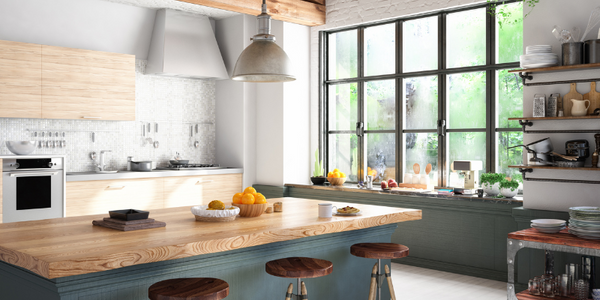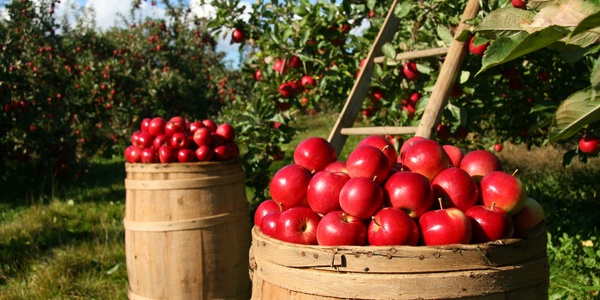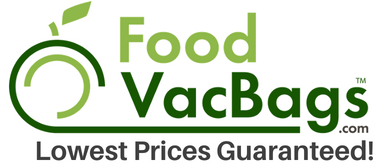Posted on December 09 2015

It's important to keep your hunger and blood sugar levels steady throughout the day, but it's also easy to overdo it on the snacking. If you know what a snack really is, you'll have an easier time meeting any weight loss or management goals you have and stay satisfied all day long. Let's talk about the three components of a snack and healthy examples of each, and then we’ll learn all about portions. Here is what ideal snacks are made of:
Protein
Protein fuels you and keeps you feeling full and ready to take on the day. In snacks, you'll want about ⅓ protein out of the total portion you're consuming. There's nothing wrong with good old jerky, but here are a few other protein packed snacks:
- Edamame (soy beans)
- Chickpeas
- Fish
- Cheese
- Nuts, seeds and legumes
- A glass of milk or nondairy milk
Carbohydrates
Similarly, ⅓ of your snack should be carbohydrates. These are important parts of your diet, giving you more readily available energy to get you out of that 2 p.m. slump and back to working energetically as quickly as possible. Try these:
- Popcorn, unsalted and unbuttered
- Pita bread
- Oats or other grains
- Potatoes or sweet potatoes
- Fruits
- The occasional cookie or other sweet
Fats
Believe it or not, you really need fat in your diet! It's also easy to incorporate it into snacks. You should ensure about ⅓ of your total snack is something with healthy fats in it. Try these:
- Peanut butter or other nut butters
- Avocado
- Coconut milk or oil
- Butter
What's the right portion?
You should have something around one serving each of protein, fats and carbohydrates when you make a snack. This isn't nearly as much food as you're imagining - a serving of almonds is 22 nuts, and that's not very many at all. Pair that with a serving of dried fruit and perhaps a piece of chocolate on the side and you have a great snack! Play around with things like this - other great snacks include options like a serving of tuna, crackers to eat it on and a little mayonnaise mixed in. If you're not sure of how much a serving is or have other questions about proper snacking, you can always ask your doctor or a nutritionist, or simply pay close attention to the labels on your food.
Bringing snacks along
All the preparation for healthy snacking in the world isn't going to mean much if you don't have the right foods on hand when hunger strikes. To avoid reaching for easy, less healthy options, make sure to have your snacks around. Use your vacuum sealer to make little packets of healthy fats, carbohydrates and proteins and mix and match as you would like.
Related Posts

Troubleshooting Common Vacuum Sealing Issues: Tips for Optimal Performance

10 Kitchen Cleaning Hacks You Need to Try (Because Who Doesn’t Want a Sparkling Kitchen?)



0 comments